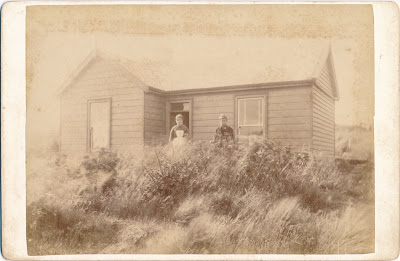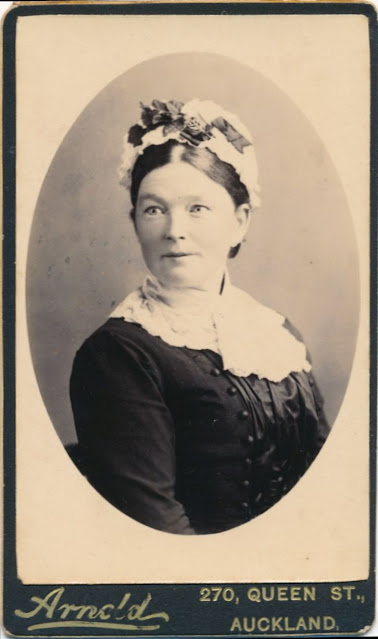Wilhelm "Willem" van der Velden
born 18 June 1877 at Wassenaar, Holland
son of Petrus van der Velden (artist) and Sophia Wilhelmina Eckhart
arrived 21 June 1890 Lyttelton, New Zealand on the s.s. "Waihora" aged 13 years
departed Lyttelton 30 April 1898 on the s.s. "Monowai" aged 20 years
died 23 June 1954, Australia aged 77 years
Philosophical Institute.— There was a fair attendance of members at the monthly meeting of the Philosophical Institute last evening, when a paper was read by Mr Geo. Hegben on the Nelson earthquake of February 12th, 1893. Mr P. Marshall was elected a member, and the following were elected:- Associates:— Messrs T. Crook, J. Spiller, J. G. L. Scott, T. M. Horsley, A. Whitelaw, T. R. Burt, N. J. Thomson, W. Van der Velden, J. M. Thompson, A. P. Noble, T. M. Laing, A. E. Preece, W. A. Carew, and G. W. Coates.
Press, Volume L, Issue 8528, 6 July 1893, Page 4
Photography In Art.
The president of the Public Library Board (Sir William Sowden) has received. the following interesting letter from Mr. W. van der Velden, of Sydney, a prominent authority on all matters relating to photography:—
"My attention has been drawn to the decision arrived at by the board of governors of the Art Galley of South Australia to acquire for the National Museum, by purchase from time to time, examples at Australian photographs representative of our best workers. This decision is undoubtedly a progressive step which, in my opinion, might with advantage be adopted by other national institution for we have now arrived at a period of evolution in photography when its powers as a medium of expression for the artist can no longer be sanely denied.
Pictorial art is the expression of thought or emotion by means of light reflected from pigments as in paintings or drawings; from animal or vegetable fibres as in tapestry; from clips of stone or ceramic enamel, as in mosaics. No one will deny the obvious possibility of the artist to express, and thereby again to stir up in the beholder thoughts or emotions, or both. The artist arrives at his results by training his hand to manipulate his medium of expression; and it seems to me that, whether he uses a mosaic of pigment granules, a mosaic of fibre or of stone, so long as he succeeds in arousing response in the onlooker, his aim has been achieved. If that he so, why should a mosaic made of finely distributed grains of silver, which form the oasis of expression for the artist photographer, be denied? A close acquaintance with the possibilities of photographic manipulation has convinced me that the camera, the bromide print, and the bromoil brush are just as much entitled to respectful consideration as implements for the artist as any of the older means of artistic expression.
Australian photographic art has already won a distinguished place at the London and the American Photographic Salon Exhibitions, and has shown a steadily advancing merit, due almost solely to the enthusiasm of the exhibitors themselves; and the resolution of your board will probably do much to stimulate effort in order that exhibitors may gain the honor of permanent representation in a national collection. That there is a distinctly Australian type of pictorial work is undoubted: but it is rather hidden by the tendency of our workers to copy to some extent the somberness characteristic of the English and the European work.
The outstanding characteristics of Australia is its sun shine, both in Nature and in its people; and if the artistic portrayal of these characteristics is found to be encouraged by the very thoughtful and progressive policy the board of governors has put into operation, they will have set going a work of much greater importance than can it present be realised. It will be my endeavor to stimulate the photographic societies of the other States to send contributions of their best work to your annual exhibitions, in order that the Adelaide collection may have the unique distinction of being the first completely representative collection of pictorial photographs to be assembled in Australia."
The Advertiser (Adelaide, SA), Tuesday 3 October 1922 page 11
Willem van der Velden
Wilhelm van der Velden






























































